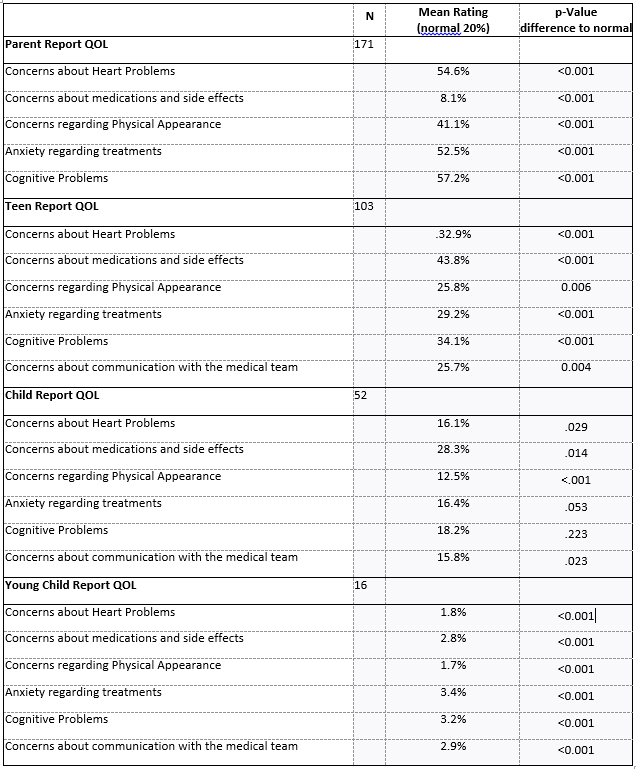General Pediatrics 4
Session: General Pediatrics 4
235 - Pediatric Long COVID Leads to Abnormal Quality of Life
Sunday, April 27, 2025
8:30am - 10:45am HST
Publication Number: 235.6524
Sara Kristen Sexson Tejtel, Baylor College of Medicine, West University Place, TX, United States; Neal Basi, Texas Children's Hospital, Houston, TX, United States; Shailendra Das, Baylor College of Medicine, Houston, TX, United States

S kristen Sexson tejtel, MD,PhD,MPH (she/her/hers)
Associate Professor
Texas children’s hospital/Baylor college of medicine
West iniver place, Texas, United States
Presenting Author(s)
Background: Long COVID is persistent or development of new symptoms more than 28 days and less than 3 months after a COVID infection and lasting for at least two months without another explanation. Previously healthy children are effected with a potentially long lasting illness resulting in significant life changes including ability to perform normal activities, participate in sports, or even attend school.
Objective: We aim to describe a long COVID patient population and evaluate the impact of long COVID on pediatric patient quality of life and on the parent perception of child quality of life.
Design/Methods: This is a single institution retrospective evaluation of prospectively collected survey data completed by patients and their parents seen in a pediatric long COVID clinic. Validated questionnaires including the Parent, Teen, Child, and Young Child forms of the PedsQL-Cardiac Module were utilized. Inclusion in the study required a diagnosis of long COVID and presentation to the local pediatric long COVID clinic. Data was obtained from the electronic medical record including patient history, demographics, vitals, symptom details, medications, and additional testing performed.
Results: The study includes 171 patient-parent dyads with a mean patient age of 12.98 years, with 64 females and 107 males. There were 77 Caucasian, 16 Black, 66 Hispanic, and 12 other patients. 36 were vaccinated prior to COVID infection and 11 had other family members with long COVID. The most common long COVID symptoms were fatigue (n=104), increased irritability (n=82), headache (n=76), chest pain (n=72), and decreased activity tolerance (n=70).
Quality of life information is presented in Table 1. All areas of evaluation in the PedsQL-Cardiac Module are significantly different than the normal population for parent report and teen report, including concerns about heart problems, medications and side effects, physical appearance, treatments anxiety, and cognitive problems, with p-values in all areas of evaluation < 0.001. The child report shows less differences in concerns about heart problems, medications and side effects, and physical appearance, however, treatment anxiety and concerns about cognitive problems did not reach statistical significance as shown in the table.
Conclusion(s): Long COVID has significant changes in Quality of Life for affected patients and their parents. It remains unclear what the long term effects on pediatric Quality of life will be. Further evaluation of the long term effects must be undertaken and interventions must be employed to improve pediatric long COVID quality of life.
Quality of life in pediatric long COVID


